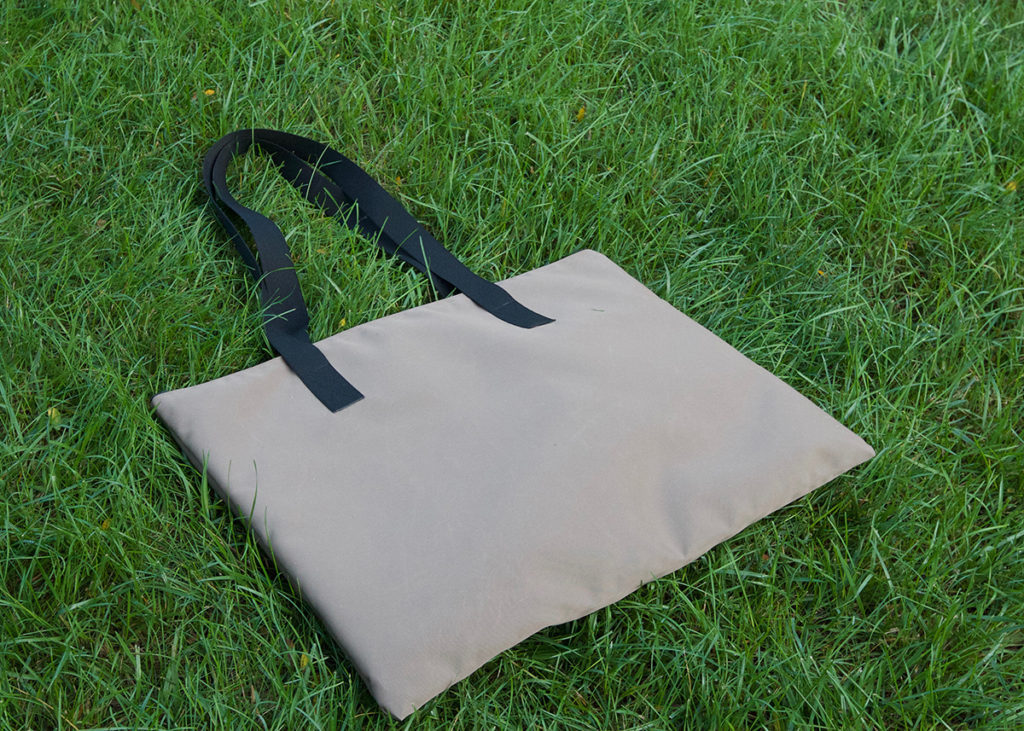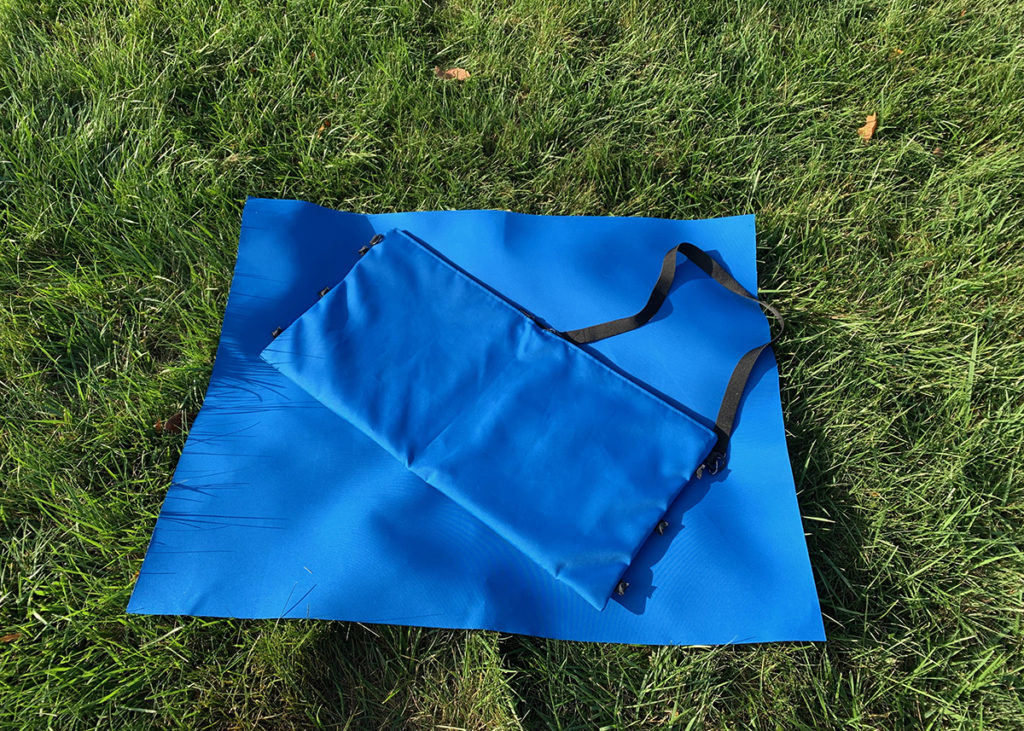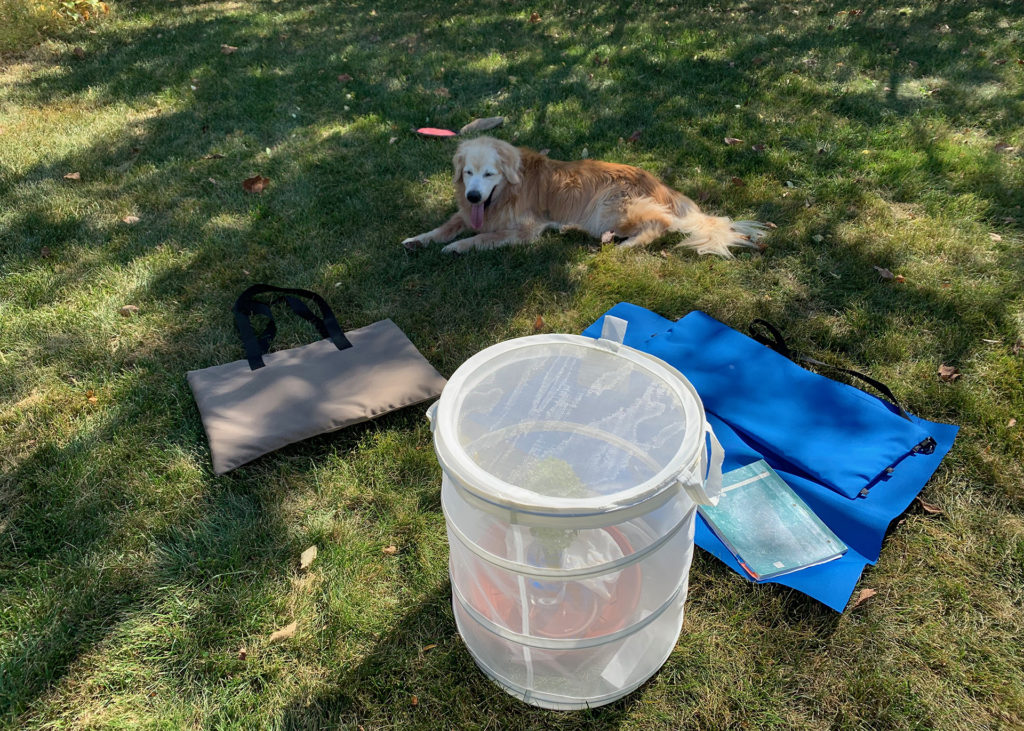After you’ve made your product, it’s time to check how well it met your goals and design intent. If you made this for a customer, you will want to ask for their feedback.
A tip for new creators… be gentle with yourself, but fair. Look for balanced feedback. I recommend two approaches:
- Check against your design criteria. Does the implementation of your design meet all your minimum requirements? (Pass / Fail) Not all design criteria have equal weight. Some are essential, others are nice to have. Don’t confuse the two. You can’t replace an essential criteria (must do) with a window dressing (nice to have).
- Next, identify 3 to 5 relative strengths and 3 to 5 relative weaknesses of your design implementation. I borrowed this approach from Procter & Gamble’s performance evaluation process. As a summer engineer back in 1980, I was told that everyone, from the secretary to the Chief Executive Officer, had 5 relative strengths, and 5 relative weaknesses. The CEO’s greatest weakness may be a lot stronger than your greatest strength. If you want to make significant improvements, it is often best to focus on your relative weaknesses.
Two side notes:
- Don’t take it personally. Feedback is a gift that helps you grow and improve, but it can be painful. Separate out feedback about your product from yourself. Take it as an opportunity to improve, but also take it with a grain of salt. Feedback is one person’s point of view. What’s perfect for one person may not be for someone else. If you’re making a tote, one size might be too small for some, and too large for others.
- Feedback from others is about how you (or your product) are perceived. If you receive feedback on something you did, you may have a totally different perception about what you were doing and feeling at the time. Listen and try to understand their point of view–that is truly invaluable feedback that can change your life, if you understand it and take appropriate action.
As a summer engineer, I received feedback about a presentation that I gave to the plant manager. I was later told I was perceived as being defensive. I recalled being enthusiastic, had anticipated the question being asked, and hurried to answer it. My supervisor had to catch me in the act and tell me, “Marsha–you’re doing it now,” before I finally understood what he was saying. I wasn’t feeling defensive, but that was how I was being perceived. I had a habit of jumping in and anticipating the question–thinking I was being clever and proactive. I needed to learn to stop, listen to the complete question, pause, rephrase the question back, and then answer it. It is important that the person asking the question feels they are being listened to, and not cut off.
It’s important to be objective when evaluating your design. Getting feedback from others can give you a different perspective that may help you improve in ways you hadn’t imagined. Be gentle with yourself and others when giving or receiving feedback– this can be a painful, but essential part of growing and improving. And finally – give yourself credit for what you’ve accomplished. Celebrate your achievement!
What have you designed? Let me know!
Cheers!
MK Tufft





